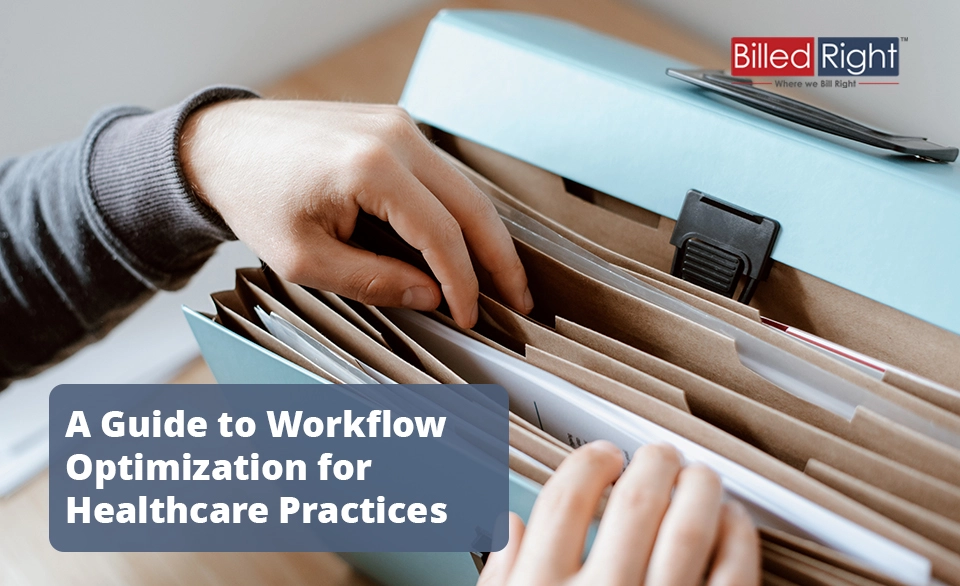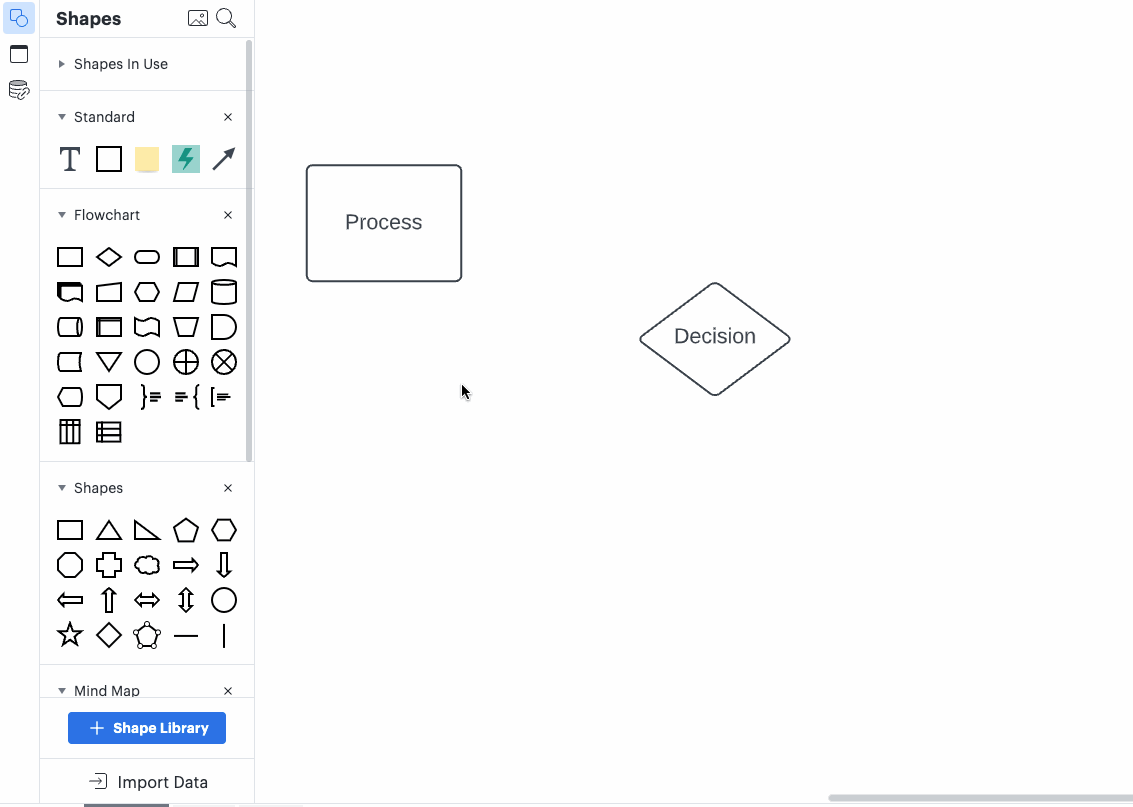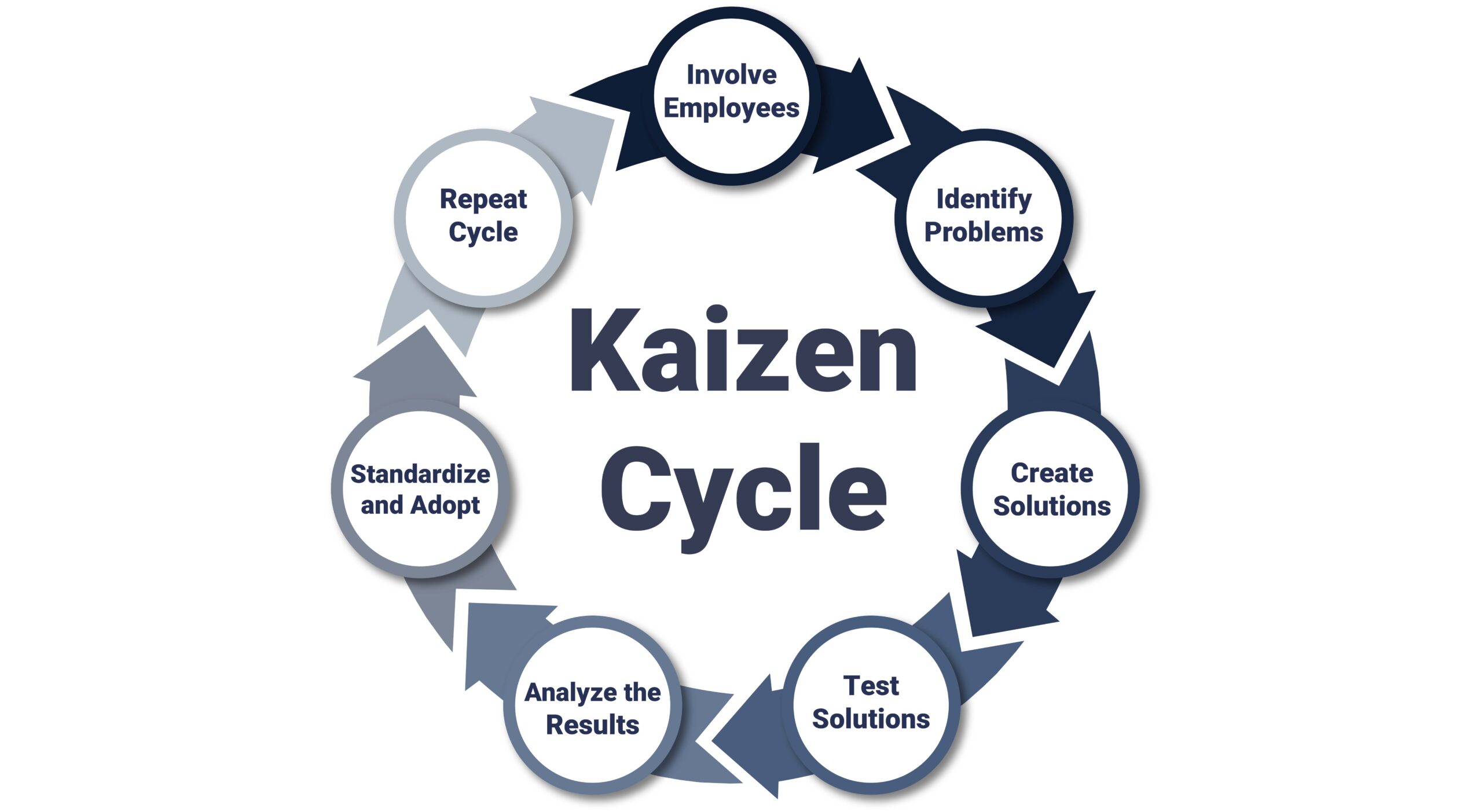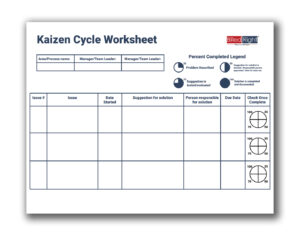Guide to Workflow Optimization for Healthcare Practices

With workflows that span multiple processes and numerous staff involved, healthcare practices can sometimes be incredibly complex to run. Here at Billed Right we have noticed an increase of demands for efficiency and profitability for healthcare organizations, leading providers to seek new ways to optimize their workflows. By focusing on streamlining processes and reducing inefficiencies, healthcare practices can save time, cut costs, and increase profitability in the long run.
In this guide, we will discuss the concept of workflow optimization and the significance it poses to increasing healthcare practice efficiency. We’ll go over the difficulties healthcare providers can encounter when trying to improve their workflows and explain how adopting the strategies down below can help them save time and increase profitability. Furthermore, we will provide practical tips and methods for identifying and addressing bottlenecks in the workflow, as well as tools and strategies for streamlining processes and achieving maximum efficiency.
II. Understanding your Current Workflow
Before you can optimize your healthcare practice’s workflow, you need to understand its current state. This involves identifying each process and staff involved in delivering care and mapping out the flow of activities.
To get started on this process, take a thorough inventory of all the steps that go into delivering care to your patients. Processes such as patient intake, diagnosis, treatment, and follow up care are great starting points. Next, list the key staff members involved in each process, such as doctors, nurses, administrators, and support staff.
Once you have finished defining the key processes and persons involved in your workflow, you can begin mapping out the workflow. The first step is to document each step in the practices process, in addition to any work transfers, delays, or bottlenecks that may occur along the way.
In order to identify bottlenecks in your practices workflow, look for delays, monitor cycle times, and talk to staff.
Delays can be caused by a lack of resources or inefficient processes, while cycle times and error rates can highlight areas of inefficiency. By talking to staff, you can gain valuable insights into the challenges they face and identify areas for improvement. Once you’ve identified bottlenecks, you can develop a plan to address them and improve your healthcare practice’s workflow.
There are several tools and techniques that you can use to map out your healthcare practice’s current workflow. One common approach is to use flowcharts or process maps, which allow you to visualize the flow of activities and identify areas of inefficiency. You can either use online services like Lucidchart.com that allow you to create free flow charts or draw it on paper.

LucidChart.com Website Interface
By documenting your healthcare practices workflow, you will now be able to identify areas for improvement and begin to develop a plan for optimizing processes. Soon, we’ll discuss process optimization techniques that can help you organize your medical practice’s workflow and boost productivity.
III. Workflow Process Optimization Techniques
Now that you have your healthcare practices workflow documented, you can begin analyzing the process and using optimization techniques in order to improve your practice. Process optimization is a critical component of workflow optimization used in healthcare practices.
There are several process optimization techniques that healthcare practices can use to improve their workflows. Two commonly used techniques are Lean Six Sigma and Kaizen.
Lean is a methodology that works to eliminate waste and increase value for patients. It works by analyzing every step of a process and identifying areas where waste can be eliminated.
While Lean management seeks to eliminate wasteful processes in your everyday workflow, Kaizen is the concept of creating small positive incremental changes, that would later on lead to reap major improvements. Kaizen is not considered as a specific methodology, but rather than an attitude based on analyzing processes, identifying areas for improvement, cooperation, and commitment. Kaizen is rooted in the belief that everything can always be improved, and adaptation takes priority over perfectionism.
Below are the seven steps in the Kaizen Cycle that we would like to outline for you today:

Kaizen Cycle Steps
- Involve Employees: The first step in the Kaizen cycle is to encourage employees and other stakeholders to crowdsource issues and potential opportunities for improvement within the organization.
- Identify Problems: The second step is to identify the problems or areas for improvement. This can be done through observation, data collection, or feedback from employees and customers.
- Create Solutions: Once the problems have been identified, involve employees in brainstorming solutions. Encourage creative thinking and experimentation to find the best solutions.
- Test Solutions: After developing solutions, test them in a controlled environment to see if they are effective. This may involve a pilot project or small-scale implementation.
- Analyze the Results: Once the solutions have been tested, analyze the results to see if they have been effective in addressing the problems. This may involve collecting data and feedback from employees and customers.
- Standardize and Adopt: If the solutions have been effective, standardize and adopt them into the standard operating procedures. This ensures that the improvement is sustained and can be replicated in other areas of the organization.
- Repeat the Cycle: Finally, repeat the Kaizen cycle by involving employees in identifying new problems and developing new solutions. Continuous improvement is the key to success in Kaizen.
To help you implement the Kaizen process optimization technique in your healthcare practice, we’ve created a worksheet that you can use to track your progress. Click on the link below to download the worksheet for free and start optimizing your workflow today!
Kaizen Cycle Worksheet – Download or Print today!
IV. Implementing Workflow Optimization
Implementing workflow optimization in healthcare practices can be challenging, but it’s crucial to improving patient care and increasing profitability.
To successfully implement workflow optimization, healthcare practices can follow these practical tips:
- Involve staff: Staff involvement is key to successful implementation. Involve them in the process and provide training to ensure they understand the new workflow.
- Start small: Implement changes in small increments to allow staff to adjust and ensure effectiveness before making larger changes.
- Communicate effectively: Clearly communicate the benefits of the new workflow and the reason for the changes to gain staff buy-in.
- Allocate resources: Allocate sufficient resources, including time and funding, to implement the new workflow effectively.
- Monitor progress: Continuously monitor progress to identify areas for improvement and make necessary adjustments.
Key Takeaways:
- Workflow optimization can help healthcare practices improve patient care and increase profitability.
- Understanding the current workflow and identifying bottlenecks is crucial to implementing effective workflow optimization.
- Process optimization techniques such as Lean, Six Sigma, and Kaizen can be applied in healthcare practices to optimize workflow.
- Effective implementation of workflow optimization requires staff involvement, clear communication, sufficient resources, and continuous monitoring.








